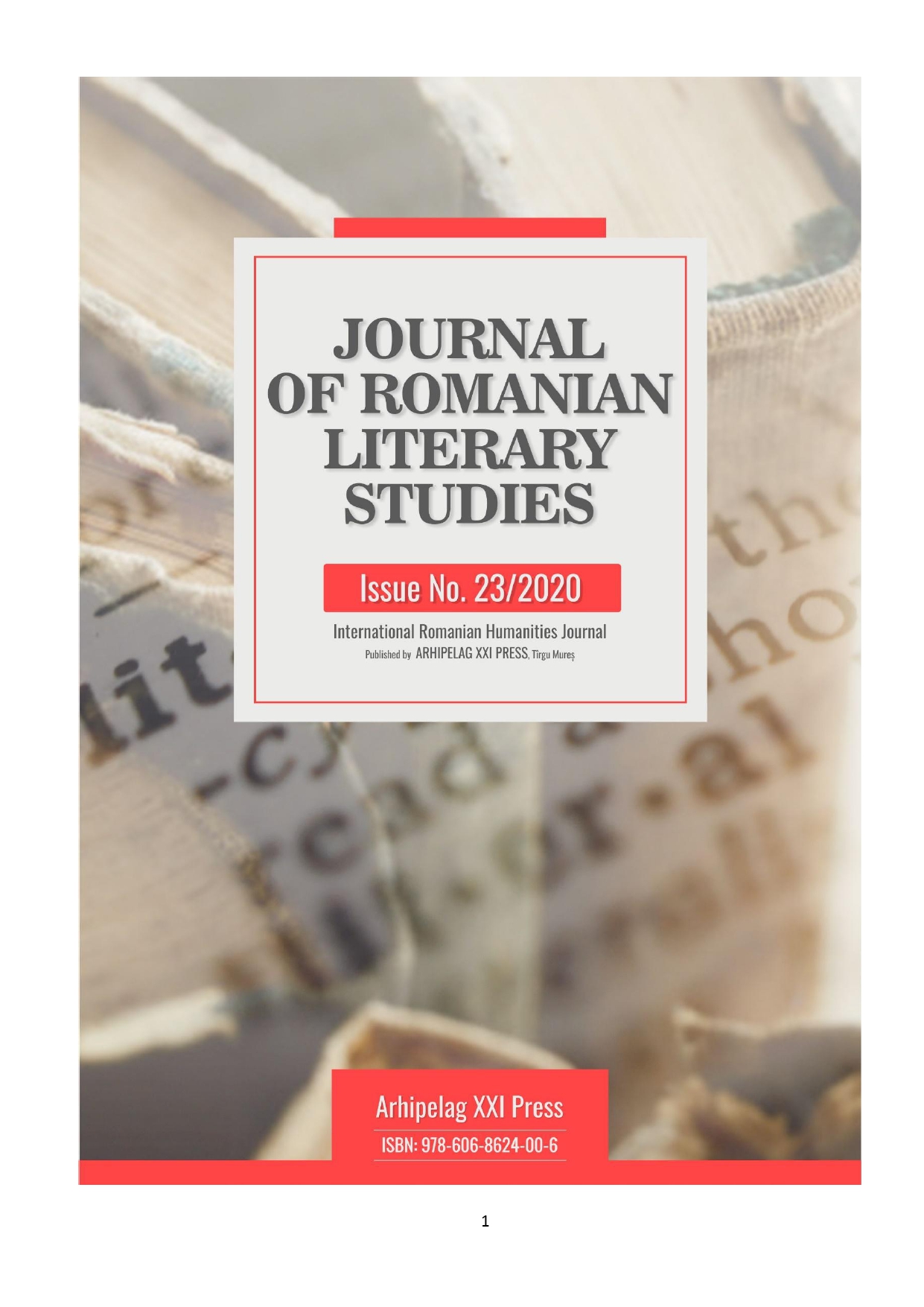DIACHRONIC PERSPECTIVE AND EVOLUTIONISM IN CULTURAL ANALYSIS
DIACHRONIC PERSPECTIVE AND EVOLUTIONISM IN CULTURAL ANALYSIS
Author(s): Valentin Dragoș BiroSubject(s): Anthropology, Cultural history, History of ideas, Theory of Communication
Published by: Editura Arhipelag XXI
Keywords: Diachrony; Change; Evolutionism; Culture; Literature;
Summary/Abstract: Under the unconscious action of the struggle for existence and natural selection, any system that obeys the natural rules of existence is in perpetual evolution, given the relative balance and competition between a conservative and a revolutionary force. Although the balance between stability and variability is a natural one, it tends to twist the system beyond bearable limits, with conservative forces tending to maintain the status quo, "revolutionary" forces tending to impose change as a perpetual reality, in a dynamic perpetual, which no longer gives way to natural sedimentation. As the natural variability is naturally quite high, those that should dominate are the stabilizing factors, their continuous action being necessary and ensuring the natural evolution and the existential coherence of the system. However, any tendency to restore an equilibrium affected by variability does not lead to a return to the previous equilibrium, but to its restoration to another evolutionary stage - simple existence generates variability, this pressure being managed by the stabilizing forces. However, in the conditions of the pressures coming from the environment, from the growing communities of individuals (as a result of the strong action of civilization on them), the factors that produce stabilization weaken more and more, no longer having the strength to generate and temporarily maintain balance. In this case, on the contrary, the "revolutionary" force begins to act alone and continuously, the only thing and fact that gives and ensures real existence to any entity (stable equilibrium) disappearing, with consequences on the identity of the organism. From this point of view, the diachronic perspective on the existence of culture imposes itself as naturally as the diachronic perspective on the existence of language, the two intersecting, overlapping, sometimes substituting each other, influencing each other and forming, together, the foundation of the spiritual existence of humanity from its beginnings. Thus, at the cultural level, the discontinuity, seen as a rupture, as a total disappearance of a cultural form, so the opposite of continuity, is difficult to imagine, argue and demonstrate (the old cultural construct, although, perhaps, no longer exists in itself , has already produced changes and is stored in the cultural structures that continue their existence). Culture, in turn, is characterized by dynamics, with cultural change seen as a permanent tension between the contextual adaptations imposed by the social, educational, political, geographical, demographic framework and the relationship of authority between cultures in a continuous and inherent connection, for any cultural environment does not exist in itself and is not characterized by isolationism, neither from a temporal point of view, nor in terms of the territory of manifestation. The change is perpetual, a certain culture represents a form that manifests itself at a certain moment, perceived synchronously and characterized by distinct individualizing features, but representing the continuation, in historical perspective, of previous cultural forms. A culture that changes, although (or precisely because) has its roots in tradition, is perceived as changed only in relation to previous forms: change is, at the same time, a factor of discontinuity to the past and a factor of continuity to future. The complexity of the process lies in the number of individual and social variables that intervene, with modelling force or only to sediment previous forms, in the evolution of culture.
Journal: Journal of Romanian Literary Studies
- Issue Year: 2020
- Issue No: 23
- Page Range: 678-687
- Page Count: 10
- Language: Romanian

